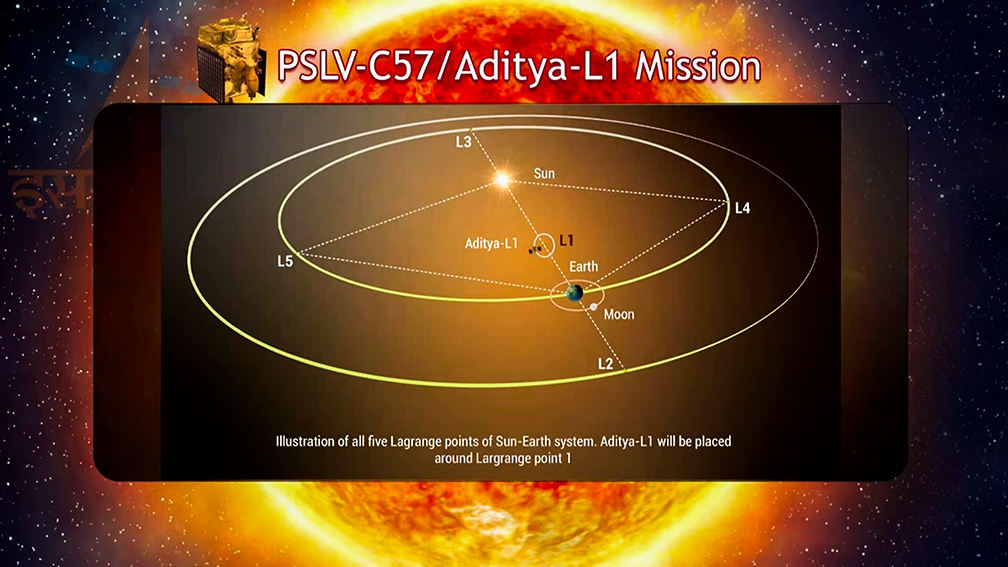Aditya-L1 launched today from the launchpad at the Vikram Sarabhai Space Centre at Sriharikota in Andhra Pradesh. Aditya L1 is launched by ISRO’s PSLV rocket on a 1.5 million km journey to halo orbit around the sun. Ahead of the launch of the country’s maiden solar mission, a Surya Namaskar was performed at the Doon Yoga Peeth for its success. The Surya Namaskar was performed in the presence of spiritual guru Acharya Bipin Joshi.
Special prayers were also offered at the Doon Yoga Peeth for the successful launch of the maiden solar exploration mission of the Indian Space Research Organisation (ISRO). The ISRO’s maiden solar mission follows the historic touchdown of the Vikram on the uncharted south face of the moon on August 23.
Earlier, the launch rehearsal and vehicle internal checks for the Aditya-L1 were conducted successfully. The Aditya-L1, carrying seven payloads, will conduct a detailed study of the sun. Four of these payloads will observe the light from the sun while the other three will measure in-situ parameters of the plasma and magnetic fields.
Amid growing anticipation around the launch of the country’s first solar mission, Union Minister Jitendra Singh on Friday posted on X, “PSLV-C57/ Aditya-L1 Mission: The countdown leading to the launch at 11:50 hrs. IST on September 2, 2023, has commenced.”
The largest and technically most challenging payload on Aditya-L1 is the Visible Emission Line Coronagraph or VELC. VELC was integrated, tested, and calibrated at the Indian Institute of Astrophysics’ CREST (Centre for Research and Education in Science Technology) campus in Hosakote in collaboration with ISRO.
Aditya-L1 will be placed in a halo orbit around Lagrangian Point 1 (or L1), which is 1.5 million km away from the Earth in the direction of the sun. It is expected to cover the distance in four months’ time.
This strategic location will enable Aditya-L1 to continuously observe the sun without being hindered by eclipses or occultation, allowing scientists to study solar activities and their impact on space weather in real time.
Also, the spacecraft’s data will help identify the sequence of processes that lead to solar eruptive events and contribute to a deeper understanding of space weather drivers.























